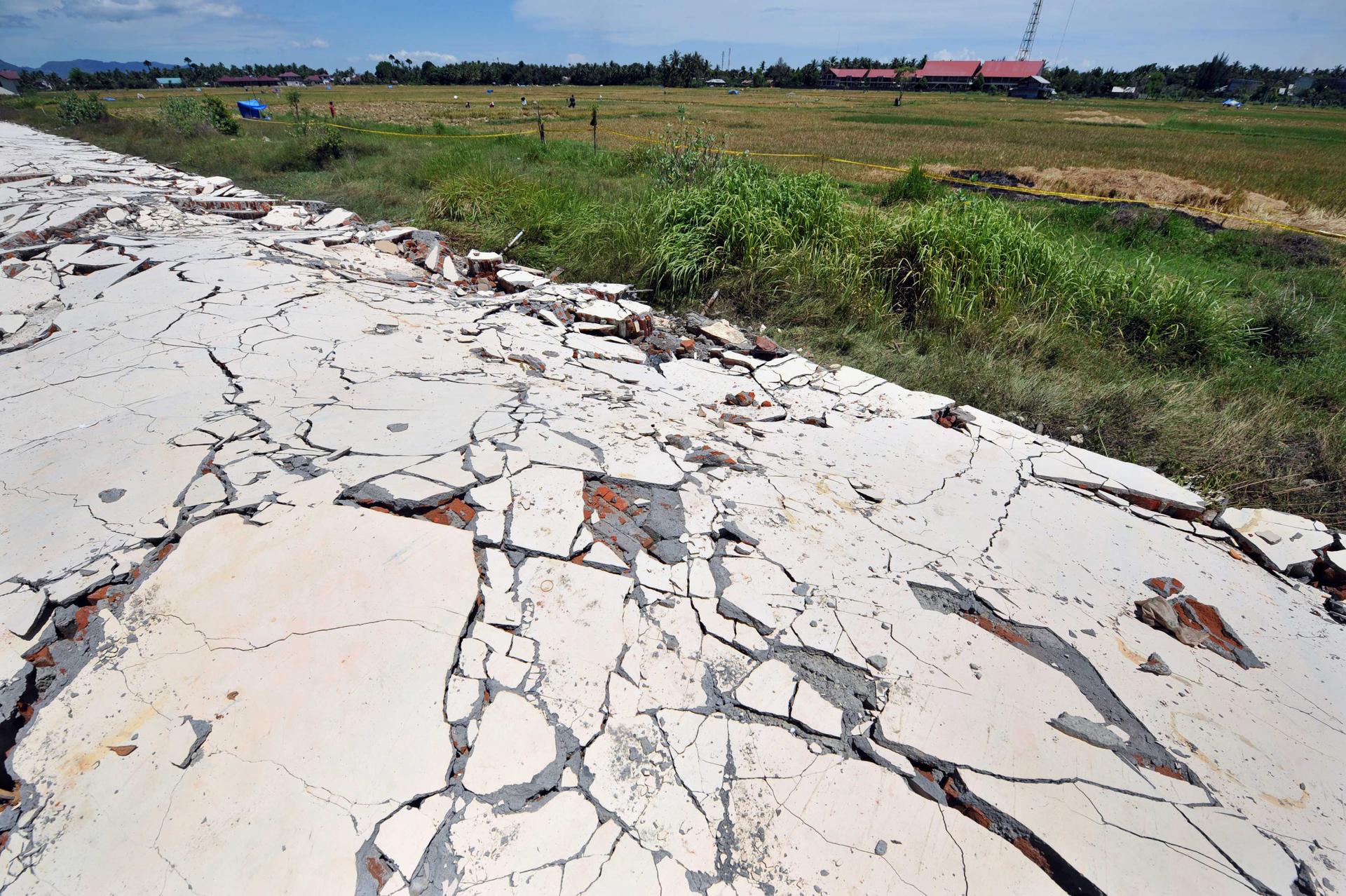Sumatra earthquake in April was caused by up to five cracks in the Earth
A new study showed that a massive earthquake in Sumatra was caused by up to five faults in the Earth.
An earthquake in Sumatra in April was caused by up to five faults in the tectonic plates under the ocean floor a new study said.
The 8.6-magnitude earthquake, the 11th largest since 1900, saw the faults acting in concert and sliding sideways to create a series of massive ruptures.
Researchers believe that this could be an early sign of the splitting of the Indo-Australian plate underneath the island.
“For decades, we’ve known this Indo-Australian plate is deforming internally and it’s not really acting like a rigid body,” said Keith Koper, a study author and an associate professor of geophysics at the University of Utah, reported Discovery News.
“We think this will ultimately become a plate boundary, but we have to see what the earth decides.”
More from GlobalPost: Indonesian earthquake makes the history books
Yet depsite the power of the quake, reported GlobalPost, there was no tsunami due to the nature of what are called "slip-strike" earthquakes that move vertically.
These are less deadly than "subduction" quakes that tend to move horizontally.
The 2004 earthquake that caused the tsunami in Indonesia and Thailand was a result of the latter type of earthquake.
Bloomberg said that the April quake lasted for a whopping two minutes and 40 seconds due to the number of consecutive eruptions.
The fifth fault that cracked open caused a 8.2-magnitude aftershock.
The study was published in the journal Nature.
